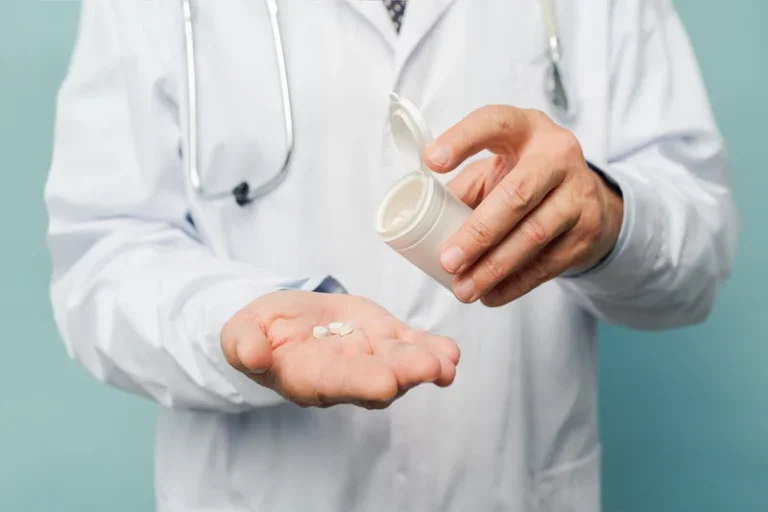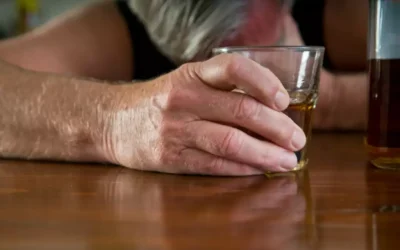
Collegiate student-athletes drink more drinks per week [6,7], drink more frequently, consume larger amounts often in correlation with level of athletic involvement [4,8,9,10], and are more likely to drink for social reasons [4,8,11,12]. Involvement in athletics appears to be inversely related to cigarette smoking and illicit drug use [13,14]. In adolescent and young adult athletes, a systematic review found 82% of included studies showing a positive relationship between alcohol use and sports participation and 50% of studies found negative association between participation in sports and marijuana use [14].
Kentucky mayor wants more ‘guardrails’ for taxpayer-funded substance abuse treatments

Many athletes therefore find themselves in situations regarding drug use that seem arbitrary, and at times hypocritical, in terms of the substances they can ingest. For example, they may be suspended for using a substance legal in several countries and states in the United States (cannabis), but they are allowed to use narcotic painkillers in an effort to facilitate their return to the practice or competitive arena. Within the context of substance use treatment, there are several evidence-based medications and therapy methods that have been found to be effective for these disorders. Out of the present studies, very few have explored therapeutic techniques in athletes. Motivational interviewing (MI), Cognitive behavioral therapy (CBT) and Contingency Management (CM) are implemented to increase motivation to decrease use and ultimately change their behaviors.
Sports Pharmacology: A Medical Pharmacologist’s Perspective

Athletes need to feel confident that a treatment will not cause impairment or violate any anti-doping policies. TMS, tDCS and ketamine provide promising results for the future of addiction treatment as a whole. Health-care professionals now have to be more careful while https://ecosoberhouse.com/ prescribing drugs to the sportspersons because some of the drugs are banned by the IOC, National Collegiate Athletic Association, and other athletic organizations. No to drug abuse is the safest possible alternative for athletes to have a fair competition and success.
Data Availability Statement
- Sports pharmacology also forms an integral part of forensic pharmacology.[50,51,52] As the sporting spirit is gaining momentum across the globe in the recent years, the awareness of fair play in sports is also increasing.
- Means are presented ± SD for normally distributed data, and medians presented with interquartile range for nonnormally distributed data.
- In athletes, a few studies looked at spit tobacco use by implementing dental exams with subsequent counseling by the dental technician if screening for nicotine use was positive.
- It’s crucial for the integrity of the sport that rigorous testing and enforcement of anti-doping regulations continue to be prioritized to maintain fairness for all athletes.
- Even though science has made it clear that addiction is a chronic disease of the brain, many people still believe it is a symptom of personal failure or lack of character — especially in the sports world.
About 80% of people who use heroin used and abused prescription opioids first. Aggression, in particular, can be a problematic side effect of these PEDs. Colloquially known as “roid rage,” experts have tied using anabolic steroids to increased aggression and violence, which can lead to additional problems with friends, family and even law enforcement, in addition to the physical side effects. While there is no definitive cause for this increased drug abuse in sports aggression, scientists believe it may be due to secondary hormonal changes within the athlete. Although many people look up to athletes and enjoy the results of their labor, people who participate in organized sports at any level face unique challenges in terms of substance misuse and addiction. Understanding why and how athletes’ drug misuse occurs is critical in preventing addiction and treating it in those already struggling.
- Skeletal muscles are made up of fast-oxidative glycolytic fibers, slow-oxidative fibers, and fast-oxidative glycolytic fibers.
- Two studies utilizing tDCS looked at opioid use and pain in those who underwent a total knee arthroplasty with both suggesting decreased pain medication use but areas of treatment conflicted [90,91].
- Anxiety disorders may be the most common psychiatric issue among athletes.
- Nutritional supplements include vitamins, minerals, herbs, extracts, and metabolites.39 Importantly, the purity of these substances cannot be guaranteed, such that they may contain banned substances without the athlete or manufacturer being aware.
- Most of the available literature primarily looks at substance use in adolescent and college athletes with more emphasis on alcohol predominately and is limited in relation to treatment modalities.
Substances Used for Doping

No published studies have examined the efficacy of 12-step programs among athletes, although numerous athletes have undoubtedly participated in such programs. If an athlete has a significant alcohol abuse and/or drug use problem and is open to abstinence as a treatment goal, then encouraging them to consider a 12-step program would be appropriate. A number of effective intervention and prevention strategies for alcohol abuse and drug use have been identified.
The inhalation of volatile solvents produces temporary euphoria but can lead to death by respiratory depression, asphyxiation, or other causes. Future studies should focus on high-quality and prospective designs to help further elucidate the issue of opioid use in athletes and assess for any temporal trends. Furthermore, it is important to understand prescription and access patterns—where are adolescents and young adults accessing opioids, whether from their family doctor, team doctor, trainers, or family members? Prospective cohort and mixed methods studies may be of most value in this context, helping to establish true prevalence of opioid use and abuse among athletes.

